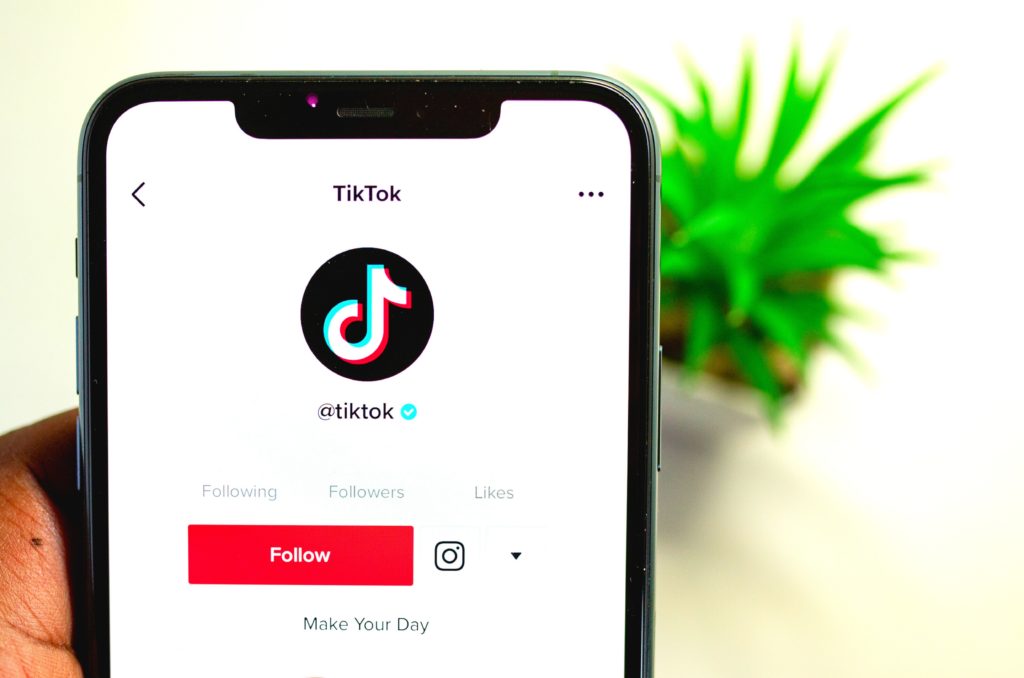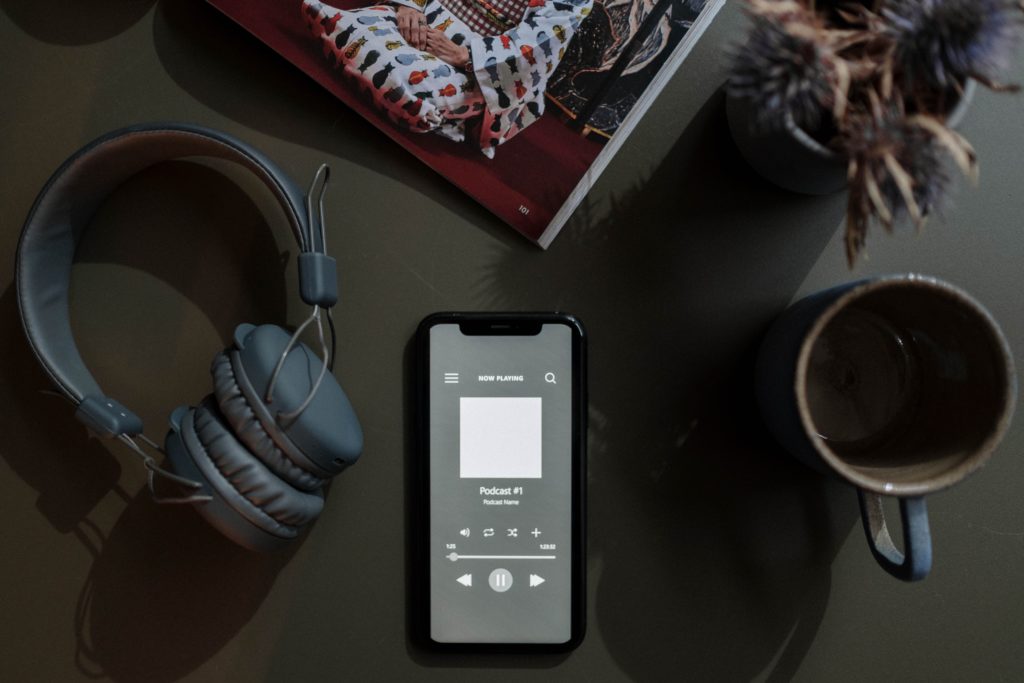Logo design :: How to create a quality logo
Logo design plays a key role in setting the tone for any company and its visual identity. Every day we are surrounded by various logos, and if you have ever wondered how some of them were created, read on because in this blog we will explain the process of creating a logo.
LOGO DESIGN :: STEPS
Logo design can be a very demanding and detailed process. It is not only creating a sign that is visually attractive, but also a sign that represents the core values of the business. The process of creating a logo should be taken seriously as it can be crucial to the success of a company. However, logo design can also (in our opinion and should) be a fun and creative process, allowing businesses to express their unique identity.
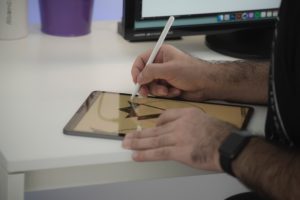
When designing a logo, it is important to consider the following:
- Company’s target audience: who will see the logo?
- Company values: what does the company stand for?
- Company Mission: What is the purpose of the company?
By taking the time to think about these questions, companies can ensure that their logo design is not only visually appealing, but also representative of their brand.
Step 1: Define your brand
Before you even start thinking about logo design, you need to have a clear understanding of your brand. What are your brand values? What does the brand represent? What are its goals? Once you have a good understanding of it, you can start thinking about what kind of logo will best represent it.
Step 2: Do your research
After that, it’s time to explore. Check out your competition and see what kind of logos they’re using. Research what types of logos are popular in your industry. Look for logos you like and try to figure out what you like about them. For inspiration, you can turn to social networks such as Pinterest or Instagram. All of this research will come in handy when you start designing your own logo.
Be aware of what the trends are
It’s important to be aware of what is trendy so you can create a logo that will attract clients. Trends are always changing, but logos stay the same. How you use the trends to your advantage is up to you. That is why it is good to include trends in the industry in which you operate, design trends and trends among the clients you want to attract in your research. This will help in choosing a style for the logo. If you are afraid that the logo will quickly become outdated if you rely too much on trends, you can always ‘refresh’ it later with a redesign. In this way, the idea itself remains the same, but the logo is modernized.
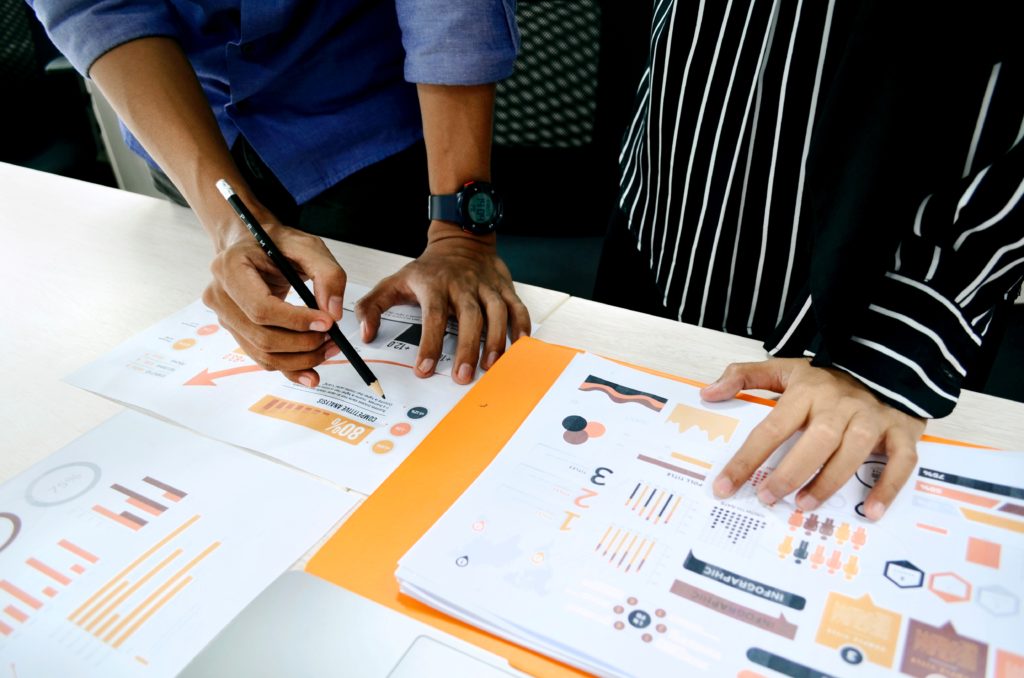
Step 3: Ideas
Now is the time to start brainstorming ideas for your logo. Don’t be afraid to think outside the box and come up with really creative ideas. You can make sketches of individual ideas that you will later forward to the graphic designer. Any idea can inspire a designer, so the more information you offer – the better. If you are creating a logo yourself – lots of drawing is always a good idea. 😊 Some ideas, when you put them on paper, will not look nice, but new and better ones can emerge from them.
Step 4: Choose colors
Then we come to the choice of color for the logo. The color palette should be unique to the company and brand, but also reflect its values. The choice of color is very important since colors can evoke emotions in potential customers. Also, certain colors are more suitable for certain industries.
In our blog, we have already written about these topics in articles about logos and colors, as well as about color theory.
Step 5: Choose a font
The font you choose for your logo is also important. It should be easy to read and be consistent with the design and the message you want to convey. A good logo should be easily recognizable even if it consists of only a few letters or numbers.
You can read more about font selection and its theory in the typography article.
Step 6: Design the logo
Now it’s time to put all your ideas together and design your logo. This is where all your research and thinking will come in handy. Make sure your logo is simple yet effective and perfectly represents your company.
You can design the logo yourself, but it would be better to find a professional designer to help you. There are many graphic designers and it is important to find someone whose style matches what you want to do. You can find a freelance designer through social networks and ads, or you can contact a design studio that specializes in graphic design.
They will take all your ideas and come up with proposals based on them. The designers will then adapt the design so that it can be applied to different formats and media and deliver the finished logo to you in a variety of formats.
Step 7: Test the logo
Once you’ve designed your logo, it’s important to test it to see how it looks in different situations. Try it on your website, in your email signature, on business cards and on social media. See how it looks in different sizes and on different background colors. Make sure it is legible and that people can easily understand what it represents.
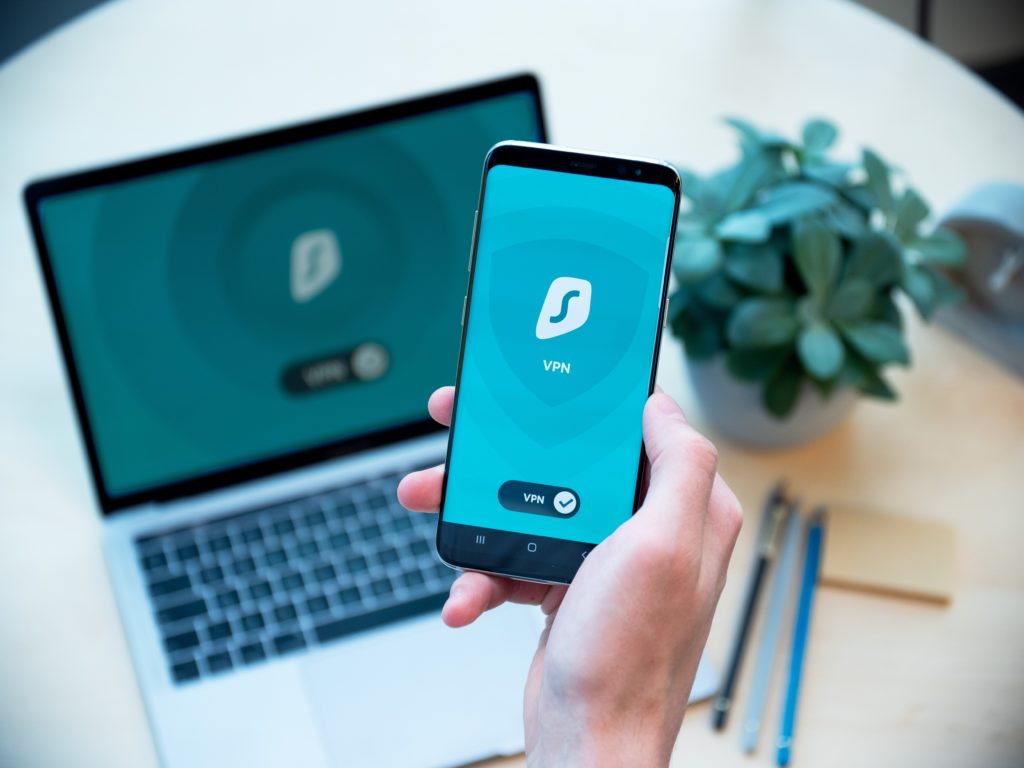
Step 8: Get feedback
Finally, after you’ve tested your logo, it’s important to get feedback from other people. Ask them what they think about the logo. Get feedback from people who are your potential clients, from people in your industry, and from people who are familiar with logo design. See what they think about your logo and ask them if they have any suggestions for improvement.
CONCLUSION
Choosing the right logo is never easy, but it is an essential part of any marketing strategy. A great logo will help attract potential customers and increase revenue.
If you want to learn more about graphic design, visit our blog where you will find many more articles on the subject.
You can view our works in the Logo category on the portfolio page.
If you need logo design, feel free to contact us via email or contact form.
Thank you for reading!
Keywords: logo design: visual identity: brand identity




